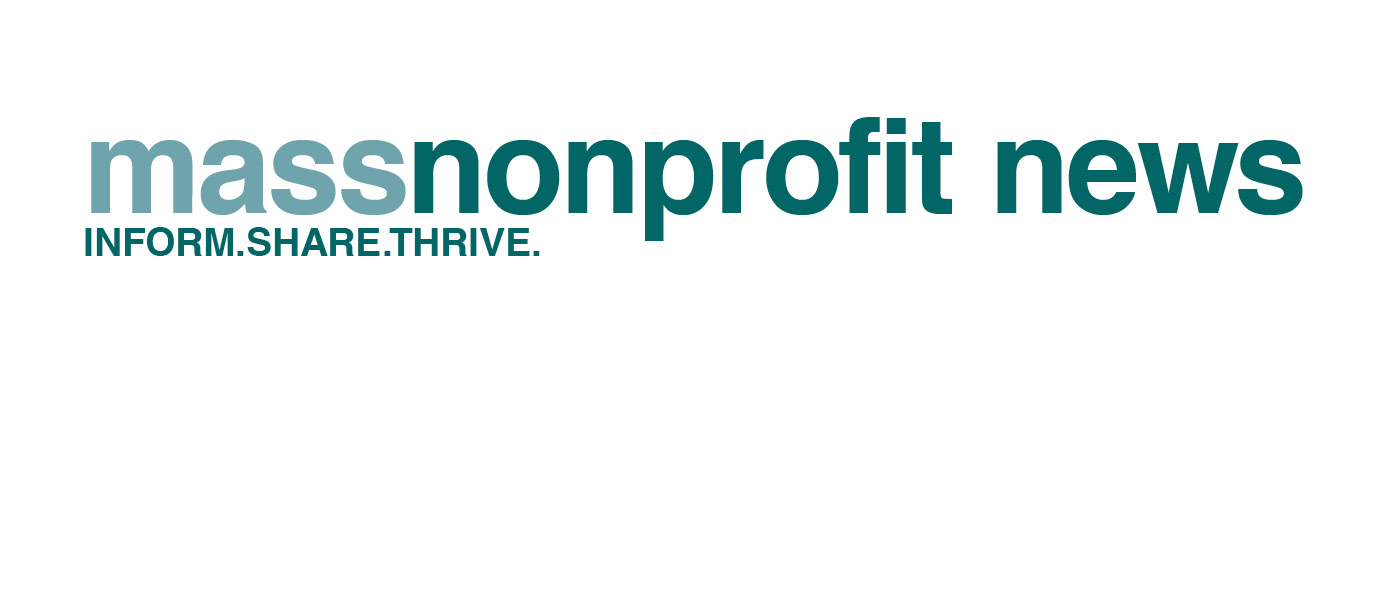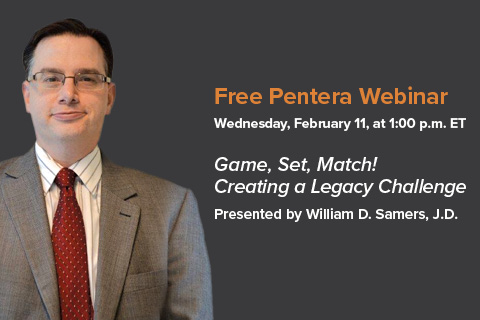
The Pentera Blog
Nonprofit News Publishes Article on Pentera-Sponsored Research
The Massachusetts Nonprofit News recently published an article about the findings and recommendations from The 2016 Planned Giving Study sponsored by Pentera. The article by Pentera CEO Claudine Donikian follows and can also be viewed here.
Planned Giving Study Breaks New Ground for Nonprofits
New research on planned gifts and the donors who make them shows that legacy society members make more gifts, larger gifts, and a wider variety of gifts, demonstrating that a legacy society can be a significant way for nonprofits to connect with and steward donors.
The study, Building Lasting Legacies: New Insights from Data on Planned Gifts, was sponsored by Pentera, Inc., and conducted by the Lilly Family School of Philanthropy at Indiana University. The national study is the first to look at institutional data from a sampling of top university planned giving programs. Until now, most research has used surveys or tax return data. Looking at these top planned giving programs provides a look at the best practices that can be used to guide all types of planned giving programs at various nonprofit organizations.
Many Legacy Society Members Give More Than Once
According to the study, 90% of the top 120 higher education institutions in the U.S. had an institution-wide legacy society exclusively for individuals who make planned gifts to the institution. Based on an in-depth review of a number of programs, the study found that the average gift size from legacy society members is more than twice that of non-members.
Members also make more gifts, use more different types of gift vehicles, the study found, and are more likely to make multiple gifts—more than one-fifth of those in the study did so, supporting the adage that "your best planned giving prospect is already a donor." The institutions in the study received more money from repeat gifts, on average about the same size as single gifts.
Research Provides a Profile of Planned Giving Donors
The new study provides a profile of planned giving donors, finding that they:
- Start making planned gifts at about age 50, with the likelihood increasing as they age.
- Are likely to live in the same state as the institution they are giving to.
- Are members of the Silent Generation (ages 72-89) or Baby Boomers (ages 53-71)—together responsible for 79% of all planned giving.
- Make larger gifts if they are childless (average gift size more than double).
- Use a wide variety of gift vehicles, especially when making repeat gifts.
Planned Giving Is Not Just About Bequests
The study also shows a wide use of gift vehicles, which is significant because many nonprofits limit their planned giving programs to bequests based on the knowledge that they are the most popular gifts and account for 80% of all planned gifts.
In this study most gifts came from bequests, but the percentage was much lower at just 54%—meaning that a lot of money came in through other types of gifts. Bequests with a known amount brought in about $1.7 billion in the study, while other gift vehicles brought in just over $1 billion.
If all of the institutions studied had bequest-only programs, they would have failed to raise the additional $1 billion dollars. The gift variety is even more significant among repeat donors. They made less than half as many bequests as the overall average (25% to 54%) and created twice as many gift annuities and charitable trusts (59% to 29%). This shows how important it is for nonprofits to accept and encourage a wide variety of gift vehicles.
Additional Insights from the Findings
- Gifts from non-alumni: While alumni are the primary donor group to universities, representing about three-fourths of donors, gifts from non-alumni—family and friends of donors, faculty, and even those with unknown relationships with the university—were about as large as the gifts from alumni. In addition, non-alumni were just as likely to make multiple gifts. The study found that it is crucial to steward those who have all different levels of "linkage" to one's nonprofit.
- Gifts from other than the top donors: The 80/20 rule of fundraising applies, with 82% of the planned giving funds coming from the top 20% of donors. But a significant amount of money—more than $330 million—came from the middle group of donors (between the top 20% and the bottom 50%). Ignoring those donors is leaving money on the table.
- Gifts from other generations: As expected, almost half (48%) of planned giving donors are members of the Silent Generation, but a large and growing percentage (31%) are Baby Boomers—and they will soon become the largest group of planned giving donors. The study recommended looking at the preferences of the Boomers when developing marketing strategies and materials.
Studying Top Programs Reveals Best Practices
It's important for nonprofits to study the top programs to discover best practices and learn what is possible when nonprofits prioritize planned giving.
The universities in the study have robust planned giving programs—they promote all of the gift types and have the staff to cultivate and steward a large number of donors—and that enables other nonprofits to see what is possible when planned giving is done in a strategic way.


